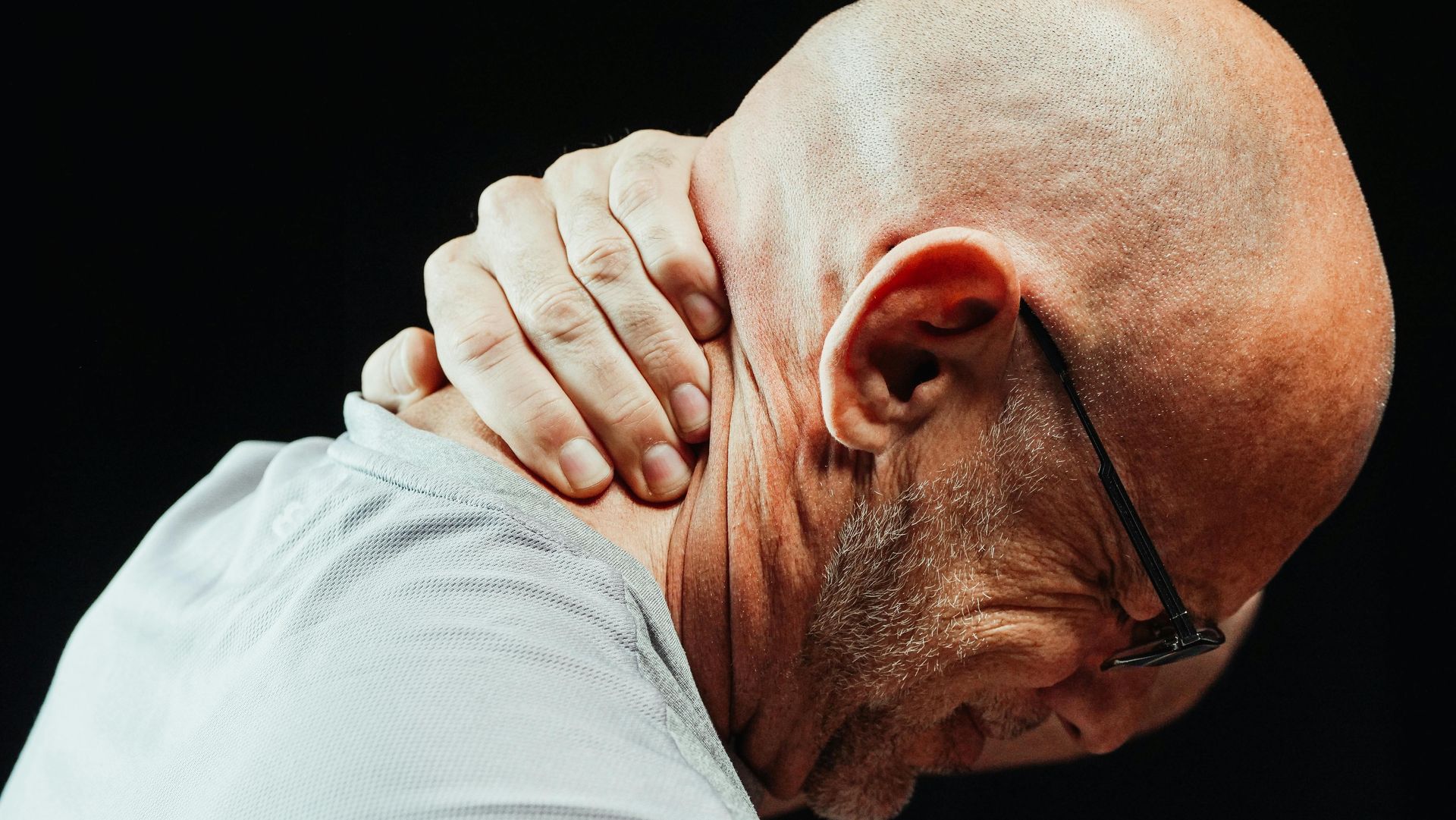Non-Surgical Ways to Treat Chronic Joint Pain
Chronic joint pain is a debilitating issue that affects a large portion of the aging population, and is beginning to affect many younger people, too. According to predictions by the CDC (Centers for Disease Control and Prevention), by 2030, nearly 26% of the US adult population will be officially diagnosed with arthritis, and two-thirds of those will be women.
Sadly, there is no "cure" for joint pain - even major surgery like hip and knee replacement cannot totally correct the problem, though a comprehensive pain treatment plan can help a person to cope with the pain so that they can manage day-to-day tasks such as climbing stairs and walking.
Unmanaged joint pain can decrease a person's quality of life. It can make simple movement hard and painful. Treating and managing chronic pain like arthritis, and knee, back and neck pain is essential for ensuring that sufferers can go on with life as normal.
Therefore, it is highly recommended that people start to think about their joint health when young, and take preventative action to help reduce the risk of suffering joint pain as they age. In this article, we'll share several techniques for keeping joints healthy and helping to ward off arthritis. Then, we'll talk about a non-surgical option for those already affected by chronic joint pain. Surgery for this type of ailment is considered last-resort, but luckily, many methods can be used to significantly improve quality of life.
Maintaining Healthy Joints
If you are at high risk of developing joint pain due to a physically-demanding lifestyle or previous injuries, having the foresight to look after your joints while they're still healthy could help to prolong their optimal function and ward off pain.
Ways in which you can be kind to your joints include:
- Maintain a healthy weight.
- Eat nutrient rich foods, unprocessed foods. Avoid inflammatory foods, especially refined sugar.
- Stay active and mobile. Participate in hobbies and favorite activities, including regular gentle exercises like walking, yoga, and stretching.
- Don't sit or stand too much each day, and take rests when needed
- Wear comfortable, supportive shoes.
Treating your whole body well will ensure that it can carry you through life at the best of its ability. Unfortunately, even the most health-conscious among us can't always prevent unexpected injury or illness. This can result in long-term issues like chronic pain at no fault of one's own.
Non-Surgical Joint Pain Treatments
Here, we'll discuss several effective methods for treating joint pain without resorting to surgical procedures. At Chronic Care of Richmond & Regenerative Medicine, we see surgery and joint replacements as a very last resort, and even then, these serious procedures aren't always successful in improving your condition. For this reason, we explore all non-surgical options before considering more permanent measures.
Below are two pain-relief methods we recommend to our patients who suffer from chronic joint pain.
1. Nutrition
Exercise and physical procedure is one long-term method for easing joint pain - but combined with a healthy, balanced diet with special attention anti-inflammatory foods, better improvements can be made. The foods, nutrients and vitamins below are recommended by the Arthritis Foundation as a way to reduce inflammation and help to control weight:
- Omega-3: We all know the health benefits of consuming enough omega-3 fatty acids, but it is especially vital to those suffering with joint pain. Omega-3 helps to fight inflammation, so those struggling with aching joints should add tuna, mackerel and salmon to their shopping lists. If you're not a fan of fish, there are plenty of omega-3 supplements available.
- Turmeric: Turmeric has been used in Asian countries for its anti-inflammatory effects for hundreds of years. The spice contains curcumin, a compound that could be beneficial" for managing pain caused by inflammatory diseases, according to The International Journal of Molecular Sciences.
- Alliums: Garlic, onions and leeks are members of the allium family, and all contain the diallyl disulfide compound which is thought to have an effect on reducing levels of enzymes known to damage cartilage.
In addition to eating a vitamin-rich diet, keeping a healthy weight is essential for relieving pressure on joints.
2. Regenerative Medicine Using Stem Cells in Richmond, VA
A new avenue for researchers exploring joint pain treatment, regenerative medicine using stem cells aims to actually heal damaged tissue rather than only treat pain. Initial regenerative medical therapies show highly promising results for sufferers of degenerative arthritis, cartilage, bone and joint diseases, but this treatment may not be applicable to all.
If you think you or a loved one could benefit from a non-surgical chronic joint pain procedure, get in touch with Chronic Care of Richmond & Regenerative Medicine today. We are one of the only clinics in the area to offer regenerative medicine that utilizes stem cells, which can produce excellent results.
For more information, visit our Regenerative Medical Procedure FAQs or give us a call.




